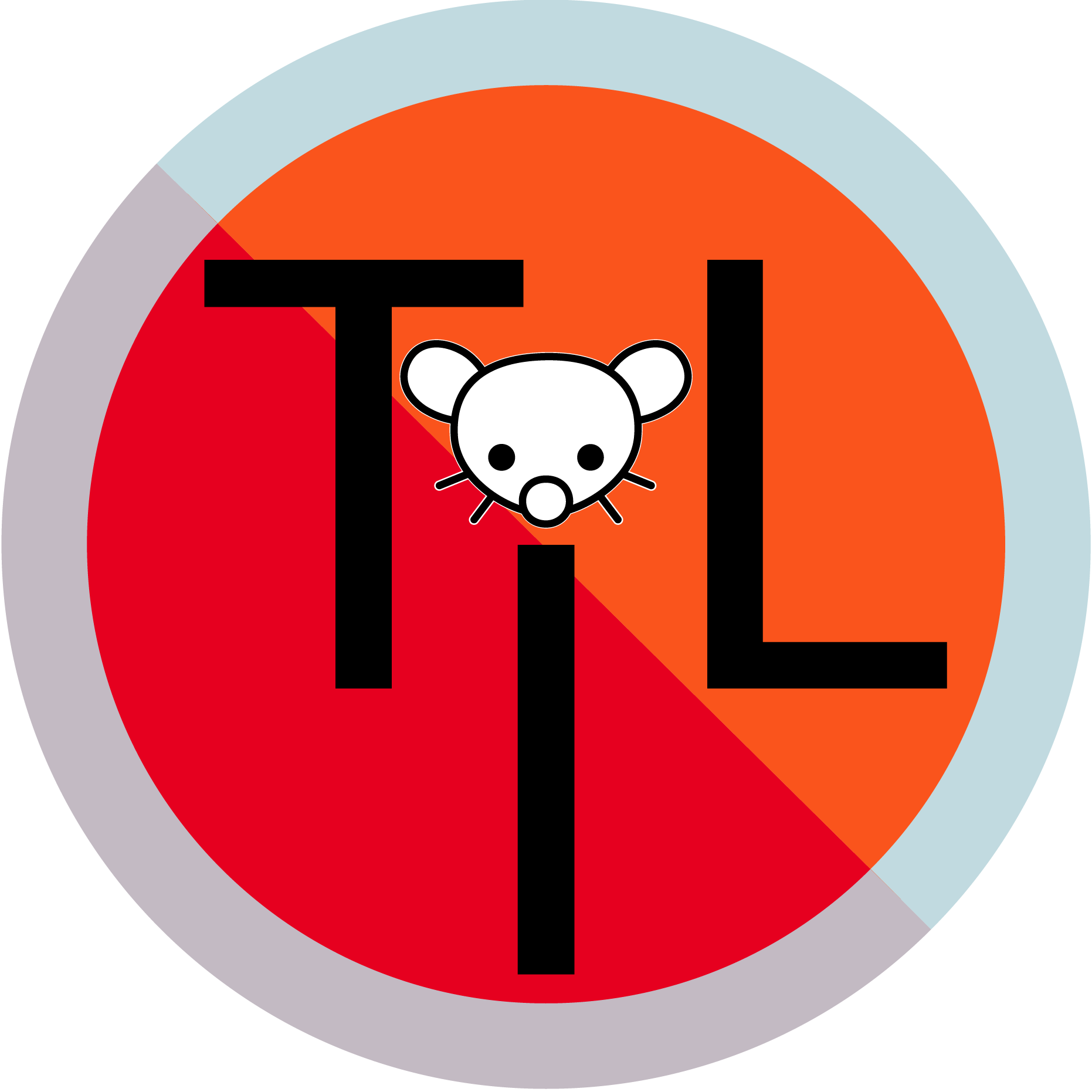Especially after adding in all the power draw of the automation requires…
What exactly is the incremental power draw for automation? My network gear and server (a little nuc) are sunk power costs as I self host other services.
Idling, my home uses around 100W with the fridge off. One 10W light is an additional 10% of my power budget, and I have a lot more than one light in my house. I also pay about $0.40/kWh.







xscreensaver of course! Note that this is not an option on Windows—jwz hates Microsoft, and any xscreensaver port to Windows is against his wishes.
I use yabai and sketchybar for a tiling WM feel. It’s nowhere as nice as my preferred i3, but it’s ok. Unfortunately it often breaks with major OS updates, so I’m sure to hold back updating my system until yabai is working.
IIRC
sshfswill work on macOS but it’s more work to install. Worth it if allowed by your IT policies and your work can benefit from it.Vim, tmux, and the usual *NIX stuff you might want.
The coreutils are not the GNU coreutils you typically find on a Linux system, so you may find a few differences. I believe
sedis slightly different, and the flags forlsmust be before the filename arguments, but I’ve found it’s mostly silly stuff like that (I used zsh before using macOS, so no problem there).